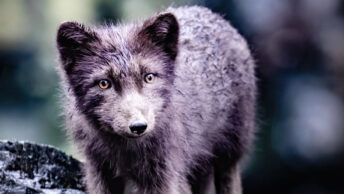Want to download or cite this article? Visit Parks Stewardship Forum’s scholarly website on the University of California eScholarship platform: https://escholarship.org/uc/psf. You can download a press-quality PDF as well as find a permalink (DOI).
psf_373_ready_final_web








